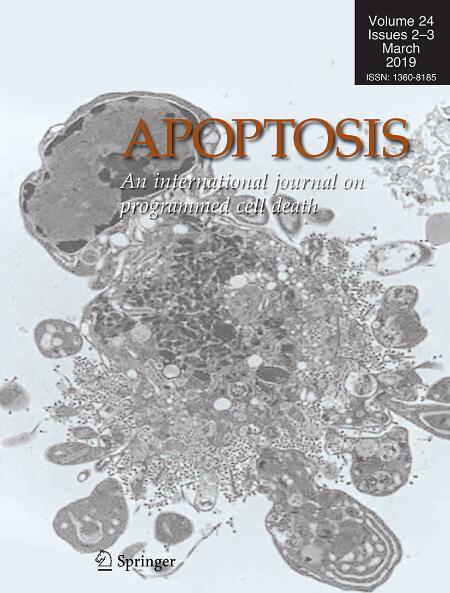摘要
系统性硬化症又称硬皮病,是一种严重的、使人衰弱的自身免疫性疾病,以纤维化、异常免疫反应和血管功能障碍为特征。细胞死亡对人体的持续正常发育至关重要,因为它会清除老化或受损的细胞。这一过程由多种机制控制,包括通过细胞凋亡、坏死和热凋亡等程序性细胞死亡,以及铁凋亡和杯凋亡等代谢过程。这篇综述描述了与每种细胞死亡形式相关的信号通路,研究了这些通路之间的联系,并讨论了细胞死亡过程失调是如何参与自身免疫性疾病(如系统性硬化症)的发展的。文章还强调了旨在恢复系统性硬化症和其他自身免疫性疾病中细胞死亡平衡的现有和有前景的治疗策略。Systemic sclerosis, also termed scleroderma, is a severe and debilitating autoimmune disease characterized by fibrosis, an aberrant immune response, and vascular dysfunction. Cell death is essential to the body’s continued normal development as it removes old or damaged cells. This process is governed by several mechanisms, including programmed cell death through apoptosis, necrosis, and pyroptosis, as well as metabolic processes, such as ferroptosis and cuproptosis. This review describes the signaling pathways associated with each form of cell death, examining the linkages between these pathways, and discussing how the dysregulation of cell death processes is involved in the development of autoimmune disorders such as systemic sclerosis. Existing and promising therapeutic strategies aimed at restoring the balance of cell death in systemic sclerosis and other autoimmune disorders are also emphasized.

 求助内容:
求助内容: 应助结果提醒方式:
应助结果提醒方式:


